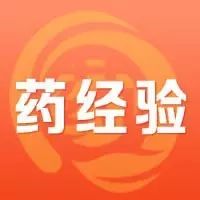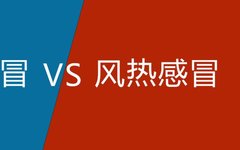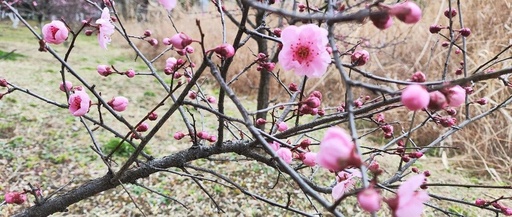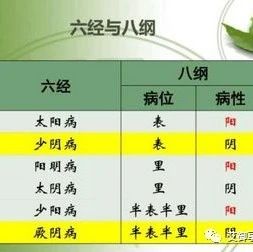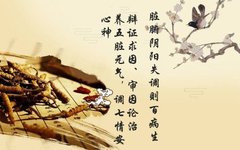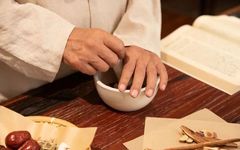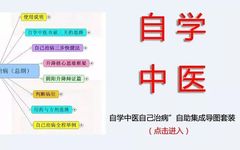Differentiation Methods for Wind-Cold and Wind-Heat Colds
In Traditional Chinese Medicine (TCM), colds are typically classified into Wind-Cold (风寒) and Wind-Heat (风热) types. Wind-Cold colds occur due to the invasion of Wind-Cold pathogens, and should be treated with warming and dispersing herbs. If cooling herbs are mistakenly used, the Wind-Cold cannot be expelled through sweating, leading to a prolonged illness. Wind-Heat colds … Read more

